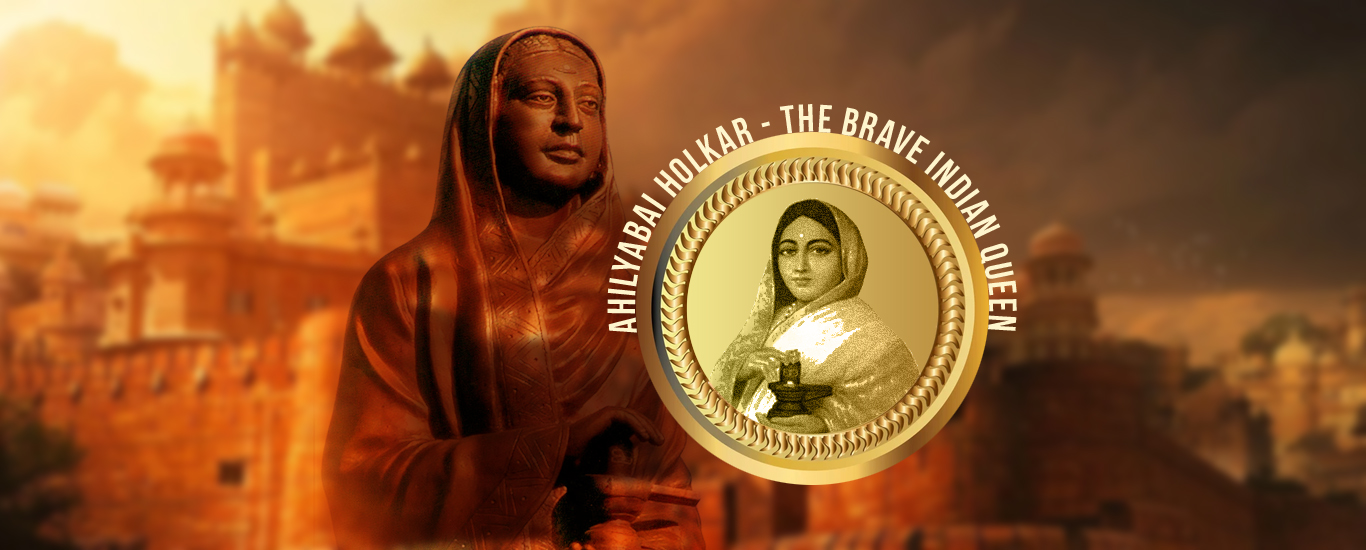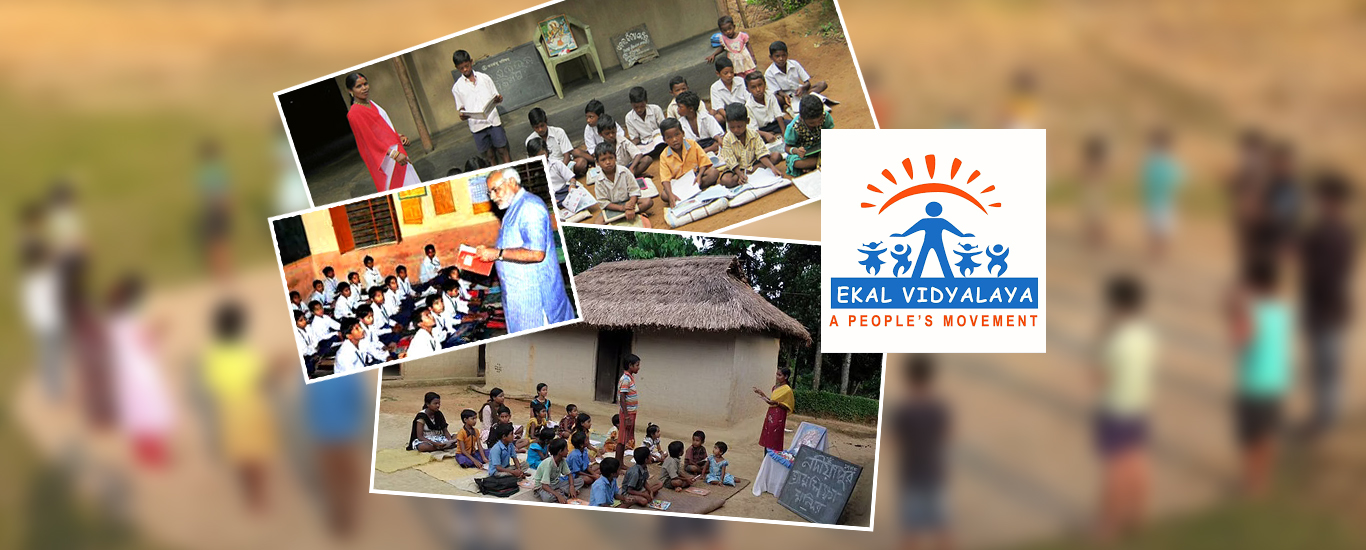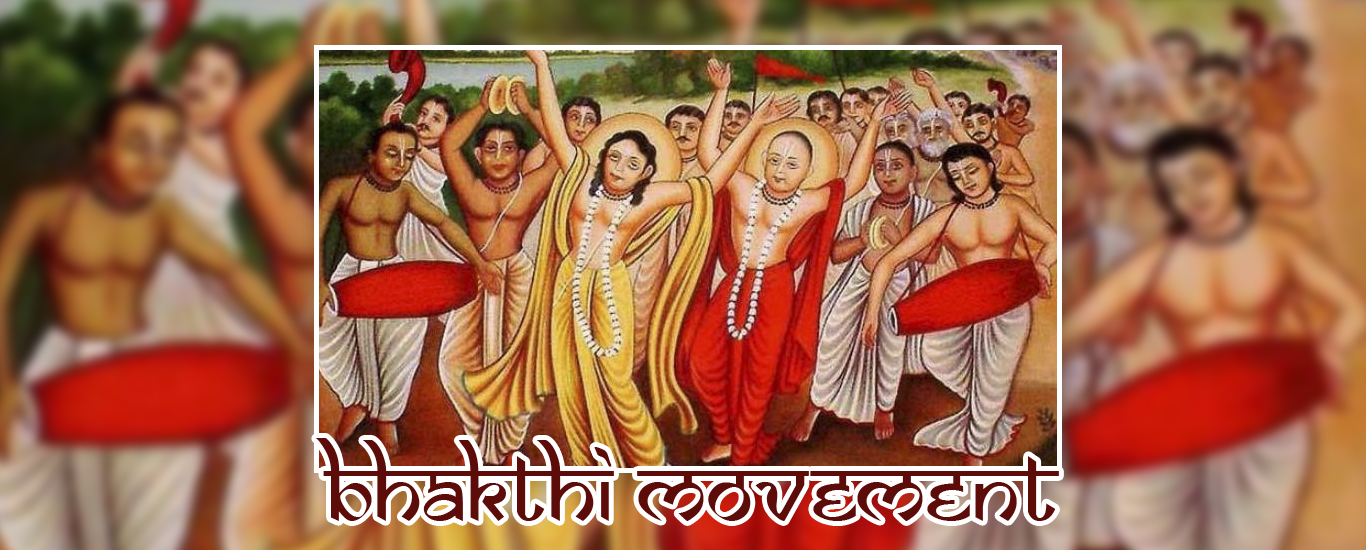History of Naxalite–Maoist insurgency in India
The Naxalite–Maoist insurgency is an evolving battle between groups of Maoist known as Naxalites and the government of India. The insurgency began after the formation of the CPI-Maoists. It is a rebel group comprising the People’s War Group (PWG) and the Maoist Communist Centre (MCC).
The Maoist movement in India is among the most extended and dangerous homegrown insurgencies that the world has seen. In 1946-51, while the birth of Left-Wing Extremism (LWE) in the country goes back to the Telangana peasant rebellion, that movement took the young republic by fury in 1967. On 25 May same year, landless labourers, peasants and adivasis with their arrows and bows, lathis, undertook fearless raids of the granaries of a landlord at the village of Naxalbari in West Bengal. The insurgency, suppressed by the police in a matter of a few days, gave birth to the Naxalite movement. It was led by the charismatic Charu Majumdar and his close affiliates, Jangal Santhal and Kanu Sanyal.
The rebels were set in place not only amongst the nearby villages, but also from the People’s Republic of China. Majumdar and Sanyal took inspiration from Mao Zedong, China’s founding father. His tactics had captured political power. The Naxalite movement gradually became different from what Maoism stood for.
An iconic rebel leader, Kanu Sanyal, once told about how he went to China, and met Mao Zedong from 1969-72. Sanyal had no support for training and weapons. He accepted a lecture on the prerequisite for home-grown rebellions.
Who really are Naxalites? They are a group of far-left fundamental communists, supporting the Maoist ideology and political sentiment. Their beginning can be tracked when it was split in 1967 by the Communist Party of India (Marxist). It preceded the organization of the Communist Party of India (Marxist–Leninist). It has spread into rural areas and eastern India, such as Andhra Pradesh and Chhattisgarh through the activities of underground groups like the Communist Party of India (Maoist). Lower-caste members, Dalits have also united with the militant movement.
The Naxalites often target the tribal, government workers and police in what they say is a battle for improved land rights and more jobs for the poor and neglected labourers. The Naxalites insist that they are following a method of rural rebellion similar to a protracted people’s war against the government. The Naxalite–Maoist insurgency again grasped international media attention after the 2013 Naxal attack in Darbha valley ended up in the deaths of around 24 Indian National Congress leaders. One among them was the former state minister Mahendra Karma and the Chhattisgarh Congress chief Nand Kumar Patel.
A Brief History
It was the result of multiple splits and domestic wars inside the Indian communist movement which made the Maoist party.
In 1920 the first CPI (Communist Party of India) was formed under the aegis of the Soviet regime at a meeting in Tashkent. In 1947, when the Soviet apparatus stood by the centrist Indian National Congress, the CPI followed suit. This ultimately ended up to a split where the Communist Party of India (Marxist) was formed 1964.
The largest over ground communist party, the CPI(M) pursues a social democratic agenda split over Soviet hegemony. It declared it’s extension from the CPC (Chinese Communist Party) as well and followed what it called “Communism with Indian characteristics.”
Within a time span of three years of that split, the CPC managed to control another. Being Led by Charu Majumdar, the new group abandoned elections and chose for Mao Zedong’s “protracted people’s war” doctrine.
The group’s first disagreement was with the police. A fierce protest of peasants against a landlord said to be extracting heavy rates of interest from them. It took place in Naxalbari, a small sub-Himalayan hamlet.
The 1967 Naxalbari rebellion was suppressed quickly. Majumdar was killed in Calcutta while in police custody. But the movement had captivated hundreds inside the ranks of the communist party. Several groups came across the country pledging themselves to the “Naxalbari path.” Confirming their loyalties to the CPC, slogans of “China’s Chairman is Our Chairman” was seen on the walls of Calcutta, Bombay and Hyderabad.
After Mao’s death and China’s abandonment of sponsoring international revolution, the movement broke down into chaos. By some estimates, during the 1980s, 149 Naxalite parties took hold independently. Each of them claimed to be the true flag-bearers of the Naxalbari legacy.
The CPI (Marxist-Leninist) Liberation, went back on the plan for an armed uprising and returned to elections.
Regions governed by the elected CPI (Marxist) in India such as West Bengal, those of Lalgarh and Jangalmahal, are some of the worst affected by anti-state violence by Maoist groups.
A pillar to the growth of Maoist movement was the increase of its financial base. By the late 2000s, the amount of financing in the hands of the Naxalites had reached some INR 1,500 crore due to the spread of their geographical influence. This climb in funding resources extremely improved their capability to buy weapons, attract recruits, and update their communication systems including the use of information and communication technology.
Modernisation of Police Forces
Lack of strong and effective policing led the Maoist insurgents to work vast expanse of territories largely. The government then strengthened and enhanced the quality of policing in the Maoist-affected states. During the mid-2000s a Police Modernization Scheme was implemented. The Centre channeled considerable sums of funds to help states in improving and developing their police forces in terms of gaining mobility, modern weaponry, communication equipment, and infrastructure. Studies have proved that the approach of police modernization and improvement in intelligence-gathering certainly brought dividends for Indian states in their anti-Maoists campaigns.



